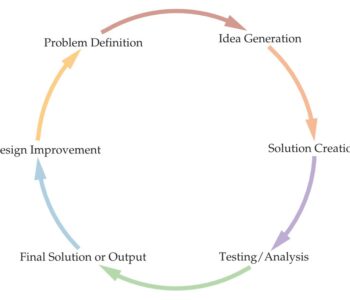 Uncategorized
Uncategorized
Progressive and Restorative Practices
The Power of Restorative Practices in Education: A Path to Healing and Growth
In recent years, the concept of restorative practices in education has gained significant traction, emerging as a promising alternative to traditional punitive disciplinary methods. These practices focus on repairing harm, fostering empathy, and rebuilding relationships rather than simply punishing misbehavior. As schools across the nation grapple with issues of discipline and community building, the question arises: do restorative practices work? According to a recent article from the National Education Association (NEA), the answer is a resounding yes.
A 2021 study of New York City public schools by the American Institute for Research (AIR) found disciplining students through suspensions and expulsions did not reduce future misbehavior for the disciplined students or their peers. It also did not generate an improved academic achievement or perceptions of positive school climate.
The programs in Chicago schools were rolled out slowly, and educators received intensive training and coaching throughout the year. Any restorative practice initiative that relies on quick, one-off training will likely not be successful. “Ongoing professional development and support is critical,” Andukia explained in a recent podcast.
Restorative practices are grounded in the belief that students are more likely to thrive in environments where they feel respected and heard. Instead of suspensions or expulsions, which often exacerbate feelings of alienation and resentment, restorative practices involve dialogue and mutual understanding. Key components include restorative circles, mediation sessions, and collaborative problem-solving. These approaches not only address the root causes of behavioral issues but also promote a sense of accountability and community among students. The NEA article highlights several success stories from schools that have implemented these practices and witnessed significant reductions in disciplinary incidents and improvements in school climate.
The growing acceptance and enthusiasm for restorative justice practices comes on the heels of more than a decade of research documenting the damaging impact of exclusionary discipline.
Moreover, restorative practices are inclusive, catering to the diverse needs of all students, including those from marginalized communities who are disproportionately affected by traditional disciplinary measures. By emphasizing empathy and respect, these practices help to bridge gaps and build a more cohesive, supportive school culture. Teachers and administrators who have embraced restorative practices report a noticeable shift in the school atmosphere, characterized by increased trust, open communication, and stronger relationships between students and staff.
In conclusion, the growing body of evidence suggests that restorative practices are not just a fleeting trend, but a transformative approach to education. By focusing on healing and growth rather than punishment, schools can create nurturing environments where every student has the opportunity to succeed. As the NEA article underscores, when students feel valued and understood, they are more likely to engage positively and contribute to a harmonious school community. The challenge now lies in widespread implementation and ensuring that educators are equipped with the tools and training necessary to effectively adopt these practices.
Walker, Tim. “Do Restorative Practices Work?” NEA, www.nea.org/nea-today/all-news-articles/do-restorative-practices-work. Accessed 21 May 2024.







